Anything Apple does with their iPhones usually becomes a trend in the smartphone world. Most recently, the Cupertino giant stunned its users with the introduction of an interactive cutout Dynamic Islands at the row iPhone 14 For. Now The Elec website by server SamMobile brought some interesting details about how Samsung was able to produce OLED panels according to Apple's new display requirements.
We all know that Dynamic Island is actually a software trick, but Samsung had to take some steps to bypass Dynamic Island. The Korean giant was particularly forced to use an additional inkjet printing process to display the series iPhone 14 Pro sealed and protected it from moisture and air.
For the iPhone 13, iPhone 14 and iPhone 14 Plus, Samsung used an inkjet deposition method during the TFE (Thin Film Encapsulation) process. However, for the iPhone 14 Pro and 14 Pro Max, it used an additional ink device and touch layer within the TFE to increase the durability and lifespan of their displays.
You could be interested in
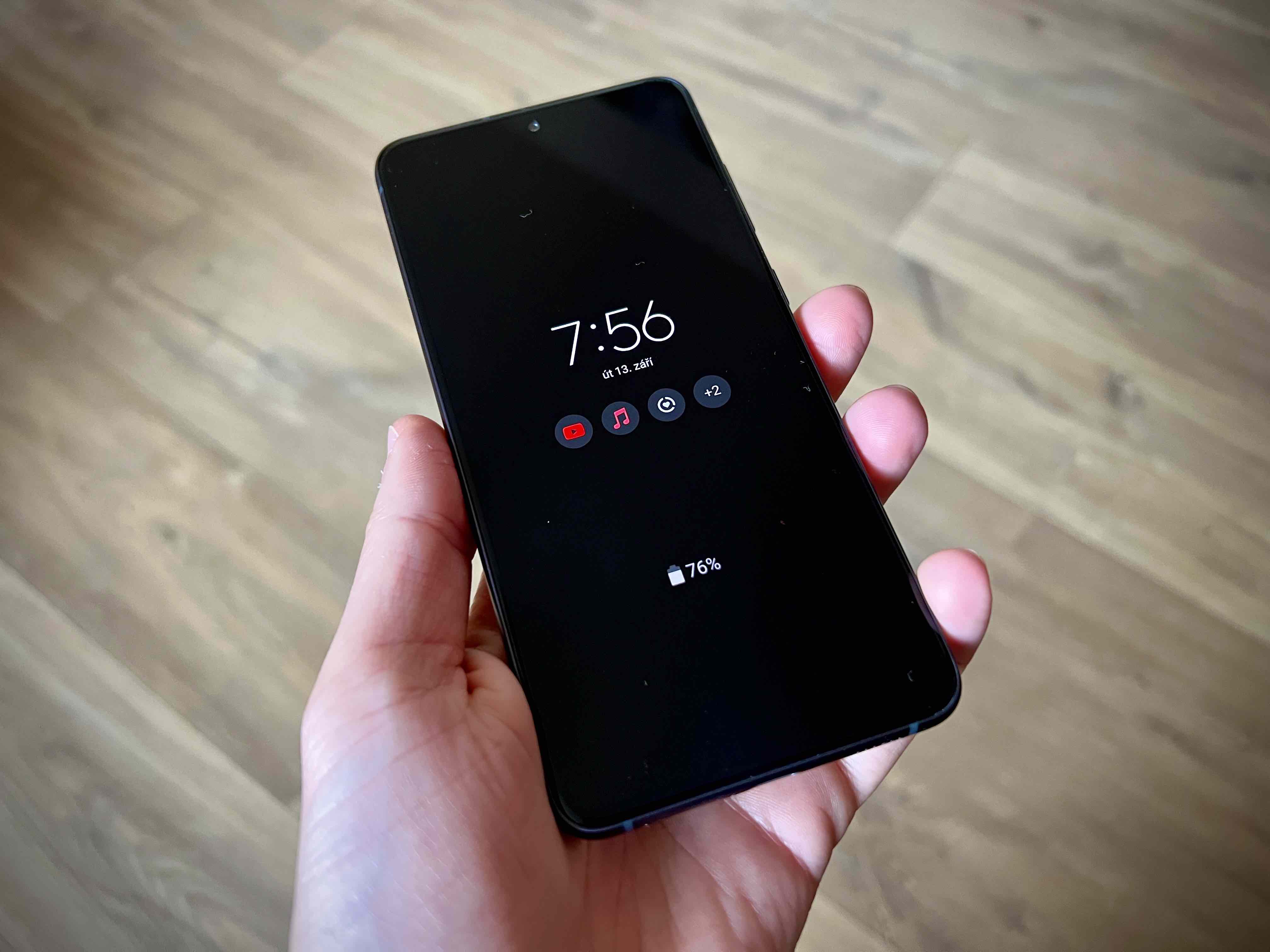
Samsung said it could only handle laser cutting and sealing, but Apple's requirements were different. The smartphone giant from Cupertino wanted to use an inkjet printing method to seal the edges of the "dynamic island" and create a separation from the rest of the OLED panel. For this purpose, SEMES, a subsidiary of Samsung, produced the equipment that Samsung used to manufacture Apple's display. The same method was used by LG Display, which supplied Apple with displays for iPhone 14Pro Max.
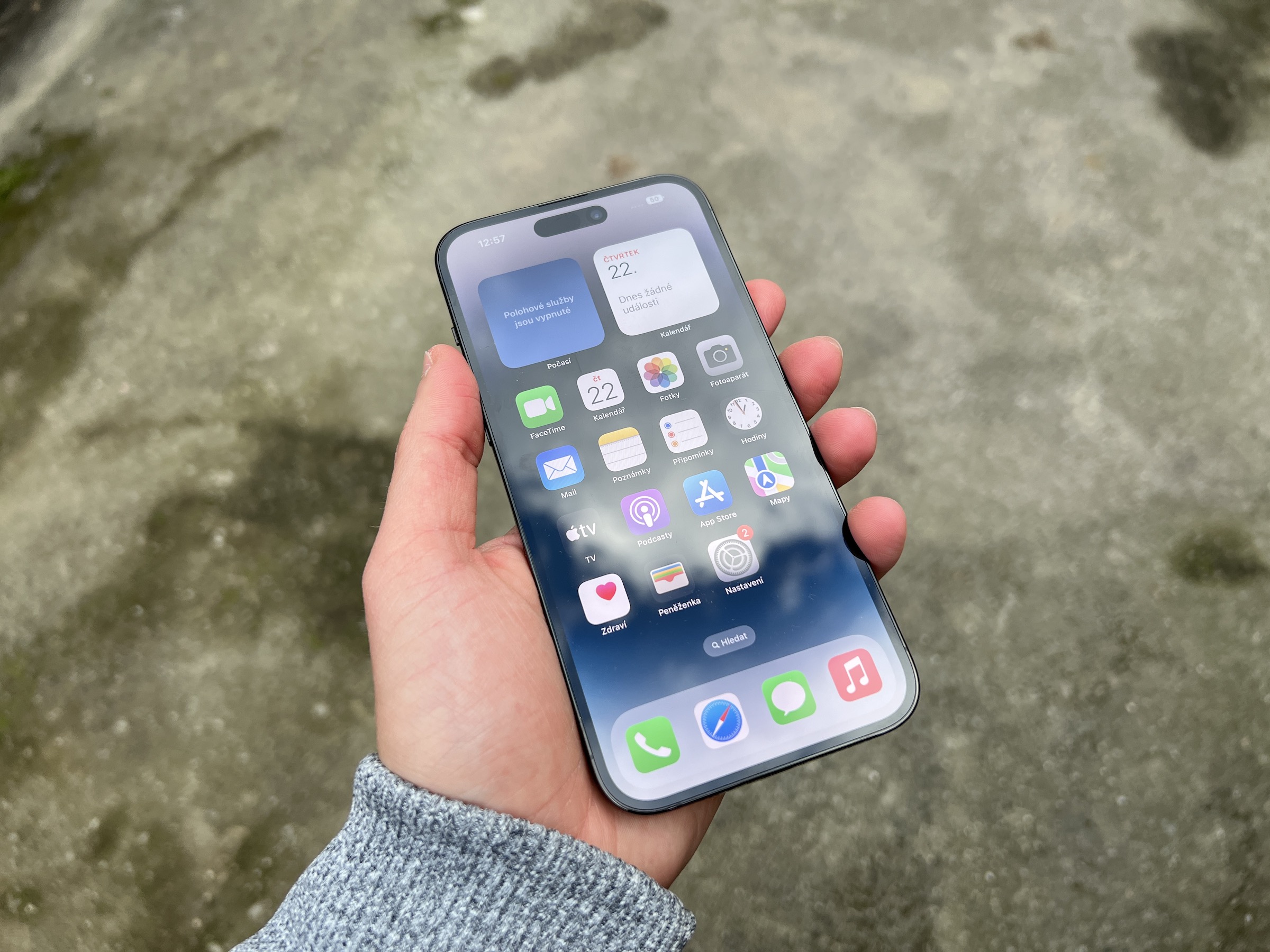
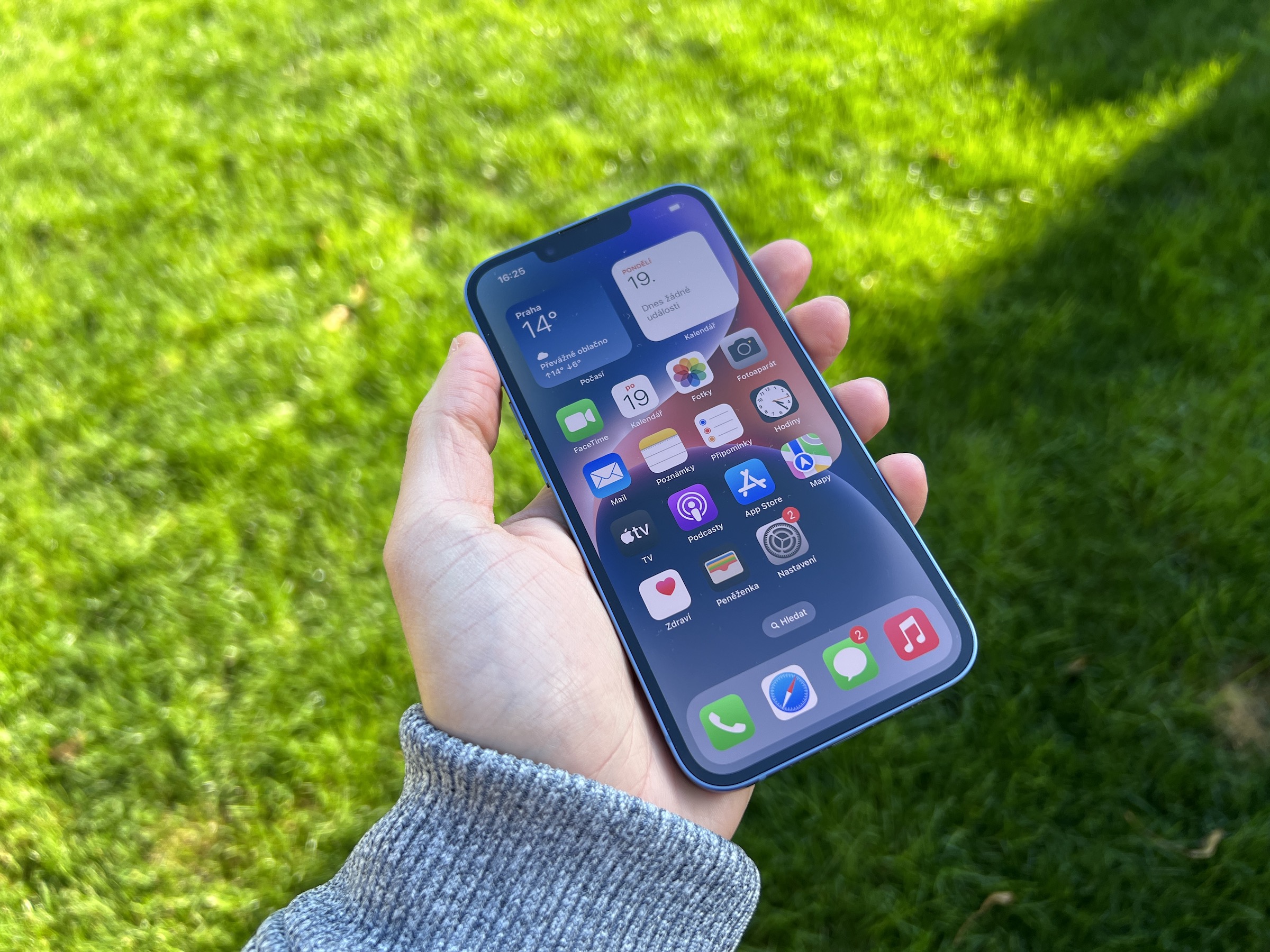
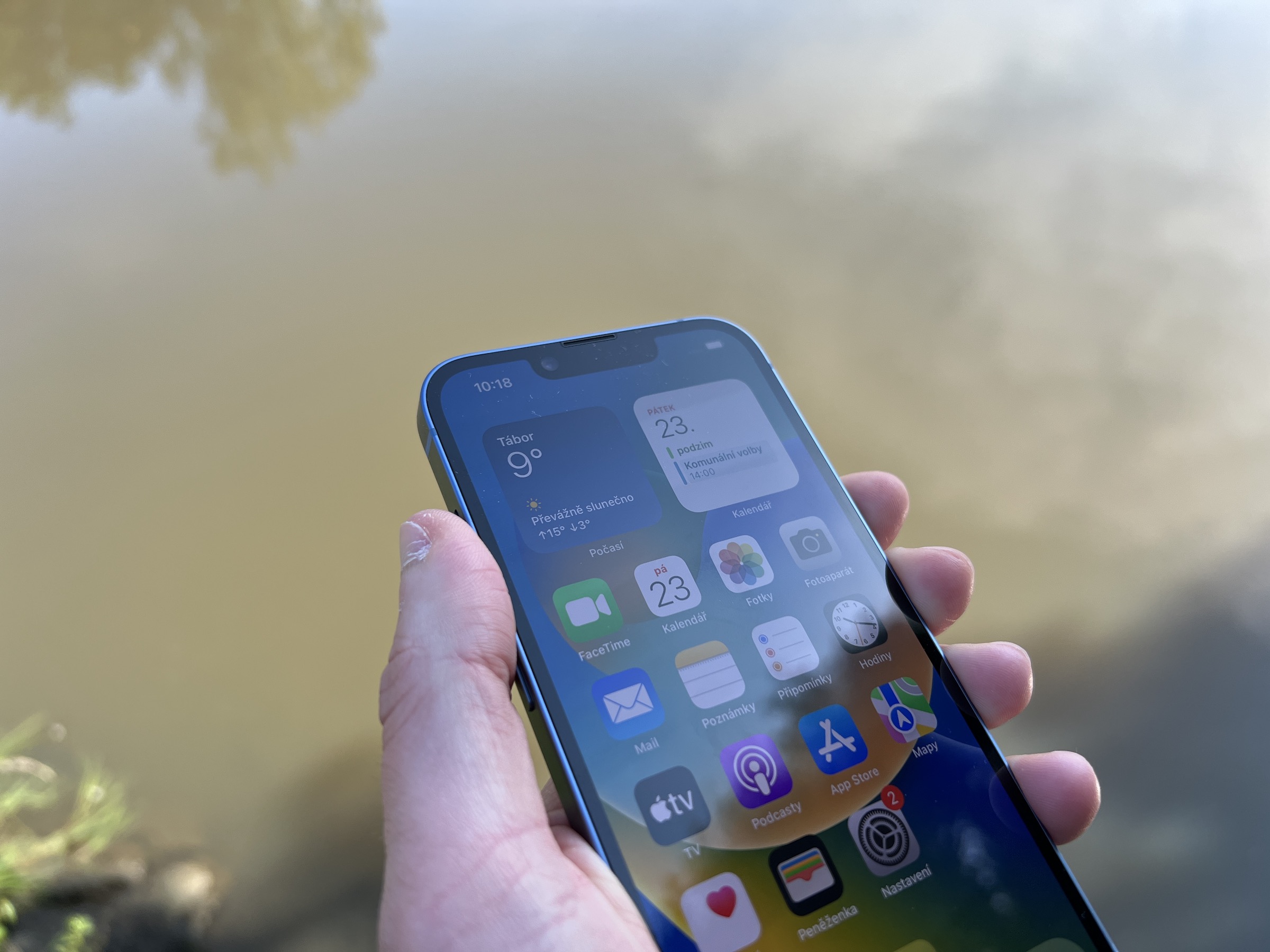
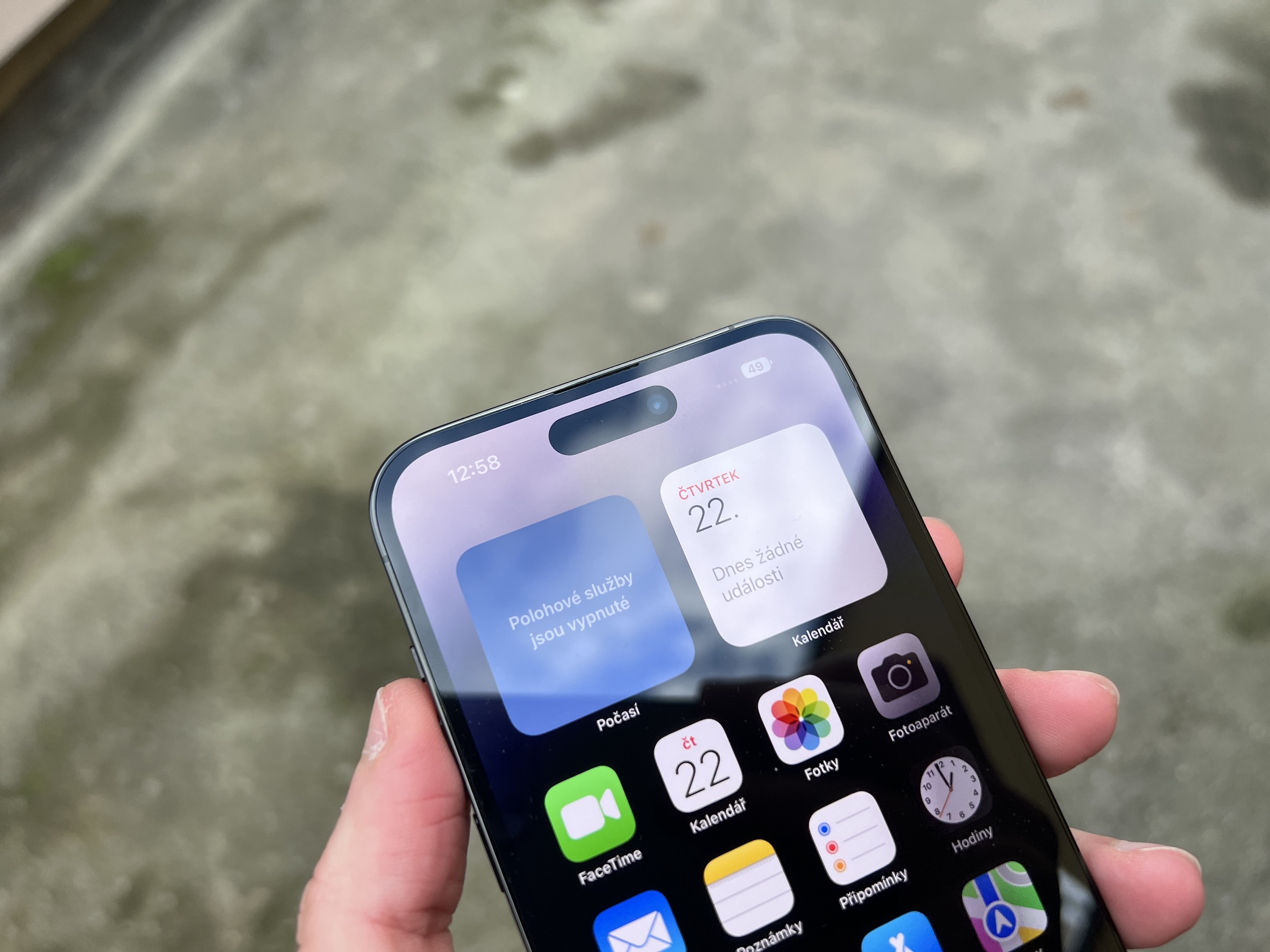
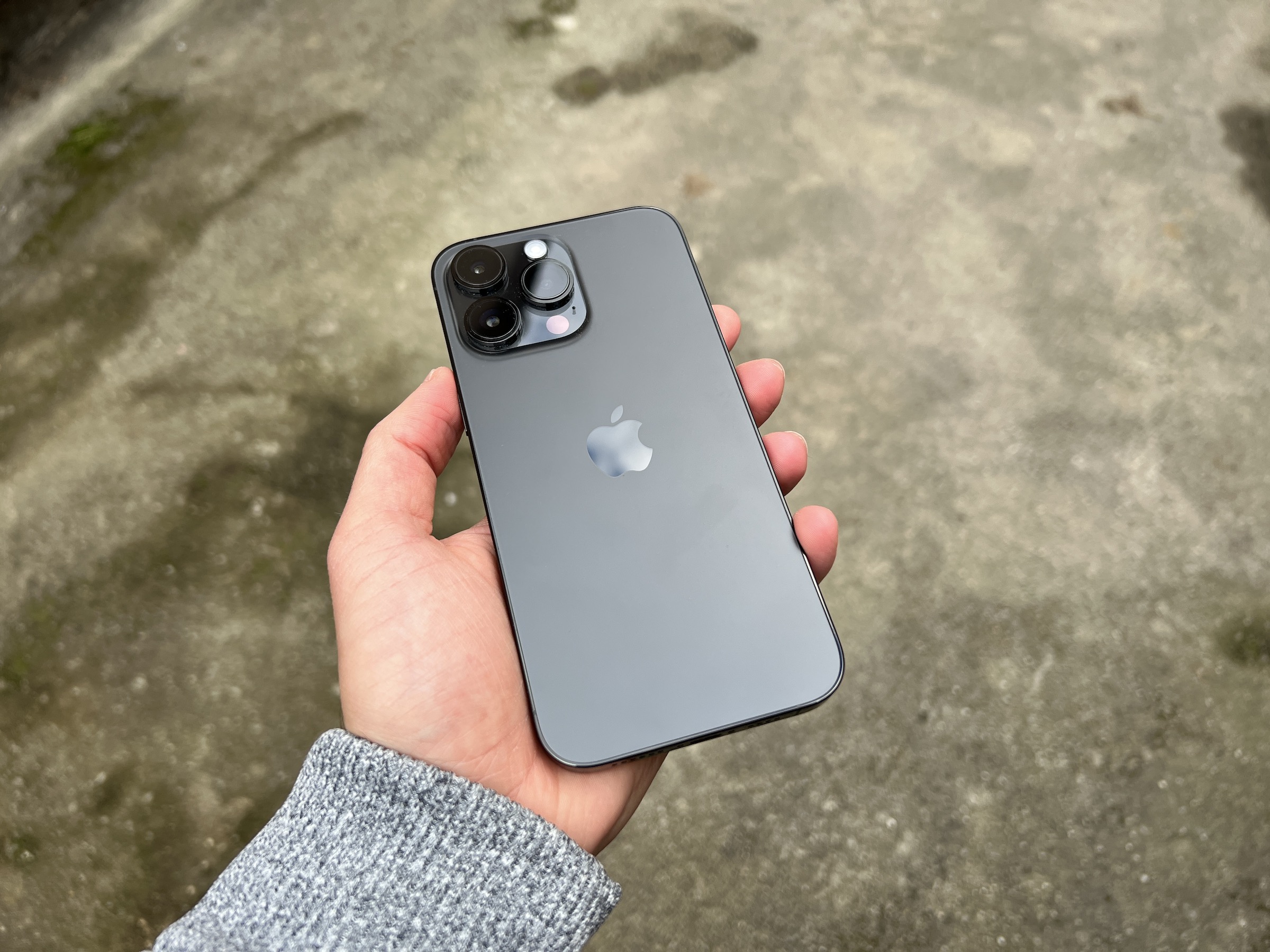
I could see with my own eyes. That cut is the crap of the year. I'm sorry for the disgust and apple pie:D
Why do you come here Jiříčka to spray your seed? stay with your Droid, we all wish you the best.
Probably because it's on samsung magazine, you apple primitive!
By the way, it is not true that he will demonstrate Apple with iPhone it is standard. Although Androidy lost jack, but they would have lost without him apple. As for cutouts, in Android they were on the phone and it was also their flop. In the year 2023, who would want something as nasty as cutout or DI? Just an apple sectarian who has his head stuck in the Apple they fucked up 😀
The truth is that as far as HW is concerned, so Apple forever recycling and trampling on the spot. As for SW, their infantile system has only been stealing for the past 6 years Android and in a rather pathetic and desperate way. See e.g. widgets, which can hardly be modified in any way, the same, e.g. AOD, which after a few updates had to apple redo, because it was a desperately Apple-smudged unfinished business.
iPhone just desperately catching up Androidy, but he doesn't succeed at all. If it weren't for the American national product, which is currently "trendy" and from which teenagers can patent themselves (after all, like everything from the USA, which they climb into the anus as much as they can.... probably a national sport, formerly commies, now Americans), then you would not even a cut in Europe.
Tvl: agree. If it wasn't for Samsung magazine, I wouldn't even mention it. I don't understand why the author keeps screwing up. To the column about Samsung.
He had to do a handstand on his ear.